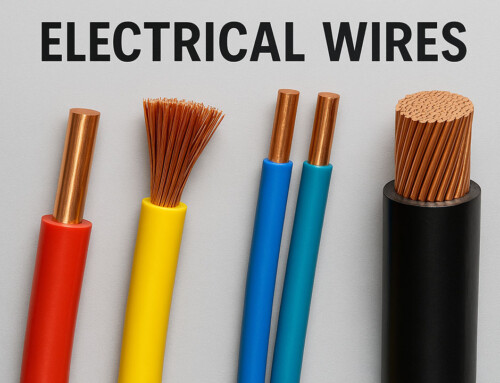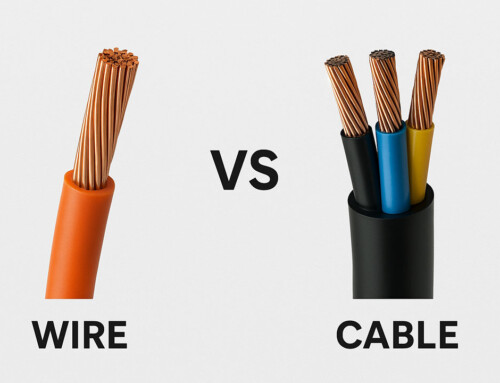About 80% of dwellings were built before the year 1990. While they may have complied with the safety standards at the time of construction, those standards might not be relevant in today’s day and age. Significant changes were made in electrical standards since 1990 and the protection technologies of today were not available or required back then. You must ensure that the standards maintained in such existing accommodations are raised to the electrical safety levels of the current standards.
Understanding the Risks at Existing Accommodation
Extensive safety studies must be carried out in the existing residential buildings to determine the disparity between the required safety standards and the existing safety standards. If the existing standards fall a little short, you must show an urgency to raise the level of safety of these buildings and bring them up to the current standards.
Thankfully, it isn’t too complicated or difficult to do so. You can take small steps to gradually improve the electrical safety through a program of manual safety audits.
3 Ways Current Safety Standards Help in Reducing Electrical Risks
1.Protection against Electric Shocks
The installation standards, which define several protective measures, include protection against direct contact with live parts and fault protection. Residential places should have a protective earthing conductor and an automatic disconnection to protect against a fault.
Based on the kind of earthing system, you can have either a circuit breaker or a residual current device as a circuit breaker. The switchboards must comply with the recommended safety standards to guarantee safety.
2.Protection Against Overcurrents and Arcs
This is mainly to avoid any kind of thermal damage or destruction that may lead to electrical fires. With this protection, you can limit the continuous and short-circuit current which may circulate in the cable and lead to potential degradation of its insulation. Circuit breakers and fuses are used to protect against overcurrent conditions, each of which must comply with their specific product standards.
Another electrical hazard you must look out for includes arc-faults. These can be extremely dangerous in places where people sleep or locations where specific kinds of combustible materials or fire propagating structures are stored. Use arc fault protection devices which comply with relevant standards.
3.Protection Against Overvoltages
Over-voltages damage electrical equipment and installations significantly. These occur due to an atmospheric event like lightning, or from switching of a high-power load somewhere in the electrical system present inside a building or on the external utility network.
You must have a connection to the earth and a Surge Protective Device (SPD), complying with safety standard to protect against overvoltages.
Make sure that all the electrical components comply with the required safety standards. The standards should cover aspects like whether the circuit breaker can trip in a few milliseconds if there is a short circuit, whether the socket-outlets show visible damage like broken parts or wear and tear etc.
Importance of Verification
The current electrical standards ensure that the new residential electrical installations are safe and that they remain so over their entire lifetime.
IEC 60364-6 defines both initial verification of an installation as well as verification of residential dwellings every 10 years. The periodic verification ensures that the fundamental protective measures remain active and reliable.
Recommended Periodic Auditing
There must be periodic auditing to ensure that the safety conditions are up to the mark. The audits need to be simple and based on visual checks. They need to be performed by a qualified auditor, who can then inform the owner of any possible safety issues. The owner will then take responsibility for arranging any necessary repair work. The frequency of inspection can be defined by each country, either by a specific period (e.g., 10 years), or triggered by an event such as the sale or rental of a dwelling.
Contact us at D&F Liquidators to find out whether or not your residential property adheres to the current safety standards.






